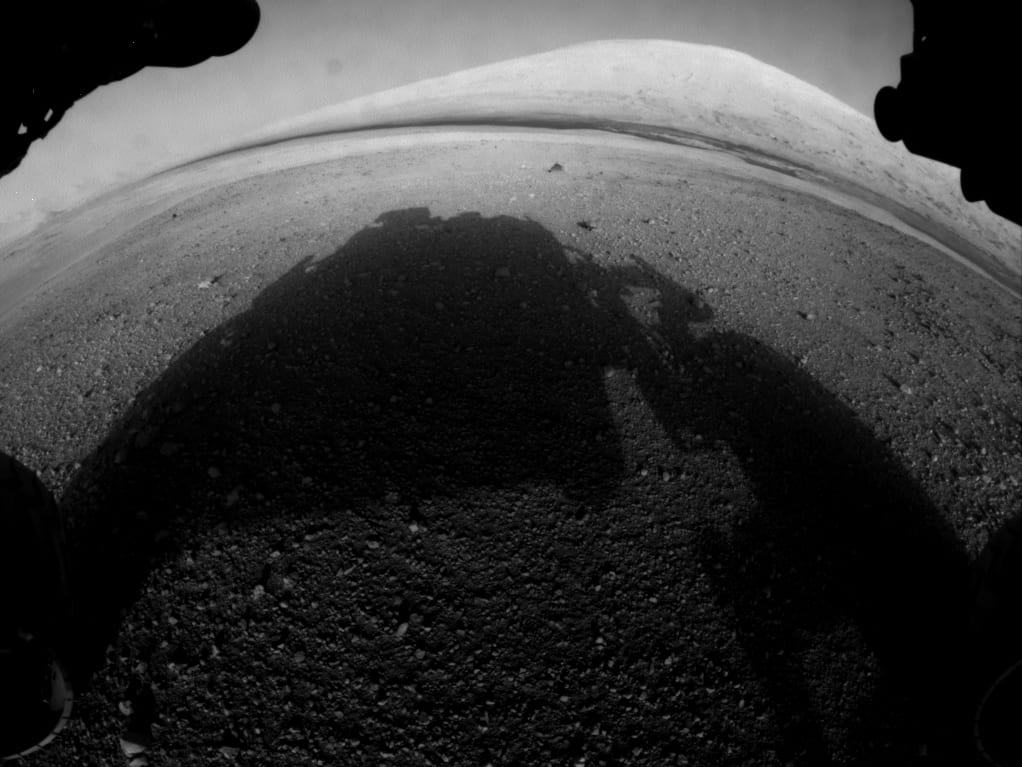Curiosity Will Get A Software Upgrade Soon
The Mars Science Laboratory has landed on Mars with its cameras all set to discover Mars like never before. Those “7-minutes of terror” are history now. The breaking news is that Curiosity rover is planning a brain transplant.
Curiosity’s brain transplant (software upgrade) will prepare it for the next phases of the mission. All the surplus code that Curiosity used for the exciting entry,descent and landing (EDL) is now taking up valuable memory.
Ben Cichy, NASA said “We designed the mission from the start to be able to upgrade the software as needed for different phases of the mission”. Ben Cichy is the chief software engineer for the Mars Science Laboratory at NASA’s Jet Propulsion Laboratory in Pasadena, California.
“The flight software version Curiosity currently is using was really focused on landing the vehicle. It includes many capabilities we just don’t need any more. It gives us basic capabilities for operating the rover on the surface, but we have planned all along to switch over after landing to a version of flight software that is really optimized for surface operations.”
Just like we upgrade the operating system of our computers, Curiosity’s team of software engineers are going to upgrade the rover’s computers. They will beam the entire software and commands over hundreds of millions of miles from Earth to Mars. A series of steps will be taken during August 10 and August 13 to upgrade and prepare Curiosity for surface operations.
As per the JPL press release, the new software will include an image processing algorithm to allow Curiosity to identify potentially hazardous obstacles. This will allow Curiosity rover to map a safe path while dealing with the rough terrain of Mars resulting in trouble-free treks possible. The software will also give the rover to use tools at the end of the mission’s robotic arm.
Till the software update starts, Mars Science Laboratory will continue to analyze the images captured by Curiosity to characterize the local region and identify the points of interest for further investigation.
Source: Discovery.com
Comments
0 comments

Leave a Reply